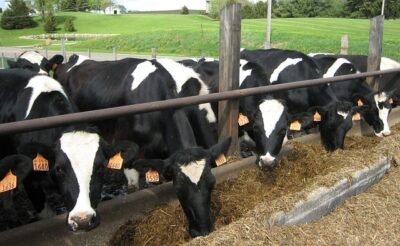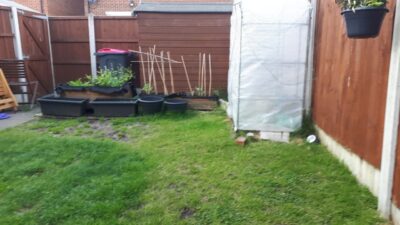Top Tips for Picking the Right Plants
In this Article...
A Guide to Choosing the Right Vegetables, Fruits, and Herbs for Your Garden
When it comes to starting a garden, selecting the right vegetables, fruits, and herbs is crucial for a successful and fulfilling gardening experience. Understanding your space, abilities, and personal preferences can help you make informed choices and cultivate a thriving garden. In this guide, we will walk you through the essential factors to consider when choosing what to grow in your garden.
Assess Your Space: Take stock of your available space, whether it’s a small balcony, a backyard, or a community garden plot. Consider factors such as sunlight exposure, soil quality, and available growing areas. Determine if you have raised beds, containers, or open ground space, and choose crops accordingly.
Know Your Climate: Understand your local climate and growing season. Research the average frost dates, temperature ranges, and rainfall patterns in your area. This information will help you select plants that are well-suited to your climate and ensure their successful growth.
Evaluate Garden Goals: Determine your garden goals and preferences. Are you looking to grow a variety of vegetables for culinary purposes or focus on specific herbs for medicinal or aromatic uses? Consider your family’s dietary preferences and gardening aspirations to ensure you choose crops that align with your goals.
Research Growing Requirements: Learn about the specific growing requirements of different plants. Some vegetables, fruits, and herbs prefer full sun exposure, while others thrive in partial shade. Consider factors like soil pH, drainage, and water requirements to ensure optimal conditions for each plant.
Prioritise Suitable Varieties: Choose plant varieties that are well-suited to your space and climate. Look for disease-resistant or heat-tolerant varieties, especially if you live in challenging climates. Consider the maturity time of crops to ensure they can be successfully harvested within your growing season.
Plan Crop Rotation: Practice crop rotation to maintain soil health and prevent pest and disease buildup. Plan your garden layout to rotate crops within the same family, ensuring each plant occupies a different spot each year. This practice promotes balanced nutrient uptake and minimises the risk of soil-borne issues.
Consider Companion Planting: Explore the benefits of companion planting to create a harmonious garden ecosystem. Certain plants grow well together and can provide natural pest control, enhance pollination, or enrich the soil. For example, planting basil near tomatoes can deter pests and enhance flavour.
Experiment and Adapt: Gardening is a journey of learning and experimentation. Don’t be afraid to try new varieties or explore different plant combinations. Keep a gardening journal to track your successes and challenges, and adapt your choices based on your observations and experiences.
Space Optimization: Make the most of your available space by utilising vertical gardening techniques, such as trellises, hanging baskets, or vertical planters. This allows you to grow vining vegetables or herbs without taking up valuable ground space.
Succession Planting: Extend your harvest season by practising succession planting. Instead of planting all your crops at once, stagger your plantings so you have a continuous supply of fresh produce throughout the growing season. This ensures a steady stream of harvests and maximises the productivity of your garden.
Pollinator-Friendly Plants: Integrate pollinator-friendly plants, such as flowers and herbs, into your garden design. These plants attract bees, butterflies, and other beneficial insects, promoting pollination and enhancing biodiversity. This, in turn, supports the health of your garden ecosystem.
Container Gardening: If you have limited space or no access to open ground, consider container gardening. Many vegetables, fruits, and herbs can be grown successfully in pots, containers, or raised beds. This allows you to garden in small spaces like balconies, patios, or window sills.
Watering and Irrigation: Take into account your watering needs and availability. Consider installing drip irrigation systems or utilising mulch to conserve water and maintain moisture levels in the soil. Efficient watering practices not only support plant growth but also conserve this precious resource.
Choosing the right vegetables, fruits, and herbs for your garden involves careful consideration of your space, climate, goals, and plant requirements. By taking these factors into account, you can create a thriving garden that provides a bountiful harvest and a fulfilling gardening experience. Remember to regularly evaluate your garden’s progress, make adjustments as needed, and enjoy the rewarding process of cultivating your own fresh produce and flavorful herbs. Happy gardening!



